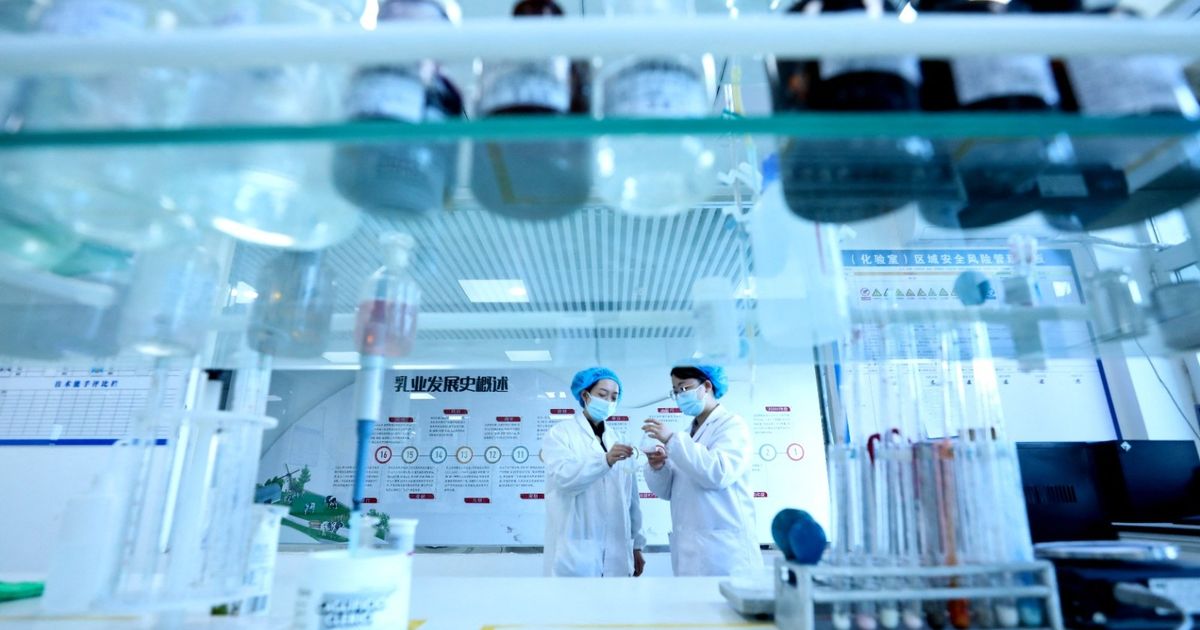People with lactose cannot completely digest sugar (lactose) in milk, and consequently they develop diarrhea, gases and bloating after eating or drinking dairy products. This condition, also called lactose, is not harmful, but its symptoms can be uncomfortable. The production of a very small amount of the enzyme produced in the small intestine (lactase) is responsible for the infection of lactose. You may have low levels of lactase, but you can still consume dairy products. But if your levels are very low, you will have lactose, leading to symptoms of you after eating or drinking dairy products. The small intestine and the colon of the small intestine are a floating tube, stretching from the stomach to the large gut (colon, small intestine and colon from the parts of the digestive path that works to treat the food you eat). The intestines remove nutrients from food. The elements that are not absorbed by the intestines remain along the digestive path until the body gets rid of it in the form of feces during the protest. Most people with lactose cannot tolerate this condition without having to abandon all dairy products. Symptoms of lactose intolerance usually the indicators of lactose disease usually begin 30 minutes to two hours of eating or drinks containing lactose. Common signs and symptoms include the following: Diarrhea nausea and vomiting sometimes painful stomach cramps. Gases are the causes of lactose intolerance. Lactose intolerance occurs when your microorganisms do not produce enough of one of the lactase to digest milk (lactose). In natural conditions, lactase milk sugar links to simple sugar, glucose and galactose, and is absorbed into the bloodstream by the lining of the intestines. And if you have lactase deficiency, the lactose in your food is moving to the colon rather than being treated and absorbed. In the colon, natural bacteria interact with unpleasant lactose, causing signs and symptoms of lactose. There are three types of lactose intolerance, and there are different factors that cause lactase deficit inherently behind each type. The uncertainty of the initial lactose people with the infected people does not tolerate the first lactose, the most common type, their lives by producing enough lactase. Babies, who get all feeding of milk, need lactase. And if children replace milk with other foods, the amount of lactase they produce naturally decreases, but it usually remains high enough to digest the amount of milk in the normal diet of the adult, but in the case of the uncertainty of the initial lactose, the production of lactase takes sharp at puberty, which makes milk derivatives difficult to digest. Secondary lactose intolerance and this type of lactose intolerance occur when the small intestine reduces the production of lactase after illness, injury or surgery that includes the small intestine. Diseases associated with the induction of secondary lactose include intestinal infection, abdominal disease, excessive bacteria and Crohn disease. Treatment of basic disorder can lead to the recovery of lactase levels, improving signs and symptoms, although it may take time. Ethical or developmental lactose -intolerance can be born children suffering from lactose uncertainty caused by lactase deficiency, but it is rare, and this deviation is transferred from generation to generation into a genetic pattern called a recessive physical disorder, and this means that both the mother and father should convey the genetic variable self. Premature children can also suffer from lactose intolerance due to the insufficient lactase level. Risk factors include factors that can make you or your child more likely to develop lactose infection: Old progress: Lactose intolerance usually appears in adulthood. This condition does not occur regularly to babies and young children. Ethnic origin: Lactose intolerance is more common in people of Africa, Asian, Spanish and Indian descent. Early birth. Children born before their time can have low levels of lactase because the small intestine does not produce the cells that produce the actaze until the late third trimester of pregnancy. Methods affecting the small intestine: include small intestine problems that can cause lactose intolerance for hyperactivity, abdominal disease and Crohn’s disease. Certain treatments for cancer: If a person has received radiotherapy for cancer in the stomach, or has symptoms of bowel complications of chemotherapy, the risk of lactose is increasing. Diagnosis of lactose intolerance may suspect that your lactose body intolerance based on the symptoms you feel and respond to reducing the amount of milk diverse in your diet. Your doctor may confirm this diagnosis by one or more procedures: Hydrogen breathing test: After drinking fluids containing high lactose levels, measures the amount of hydrogen at regular intervals. The exhalation, which is filled with a large amount of hydrogen, indicates that you cannot digest lactose and absorb it completely. LactoStolerance Test: After two hours of liquid sarcation containing high lactose levels, it will undergo blood tests to measure the amount of glucose in the blood of the blood. If your glucose level does not rise, it means that your body does not consume the liquor full of lactose and does not absorb it properly. The treatment of lactose intolerance in the case of people with lactose, caused by an underlying medical condition, can help treat the condition to repair the body’s ability to digest lactose, although this process may take months. For other reasons, you can avoid discomfort through lactose intolerance by following a diet with low lactose. To reduce the amount of lactose in your diet: Reduce milk and other milk derivatives. Add small stocks of milk derivatives to your ordinary meals. Eat ice cream and low lactose milk. Add liquid or lactase enzyme powder to milk to break up lactose. * This content of “Mayo Clinic”
Lactose -intolerance .. annoying symptoms and easy ways of diagnosis and treatment
